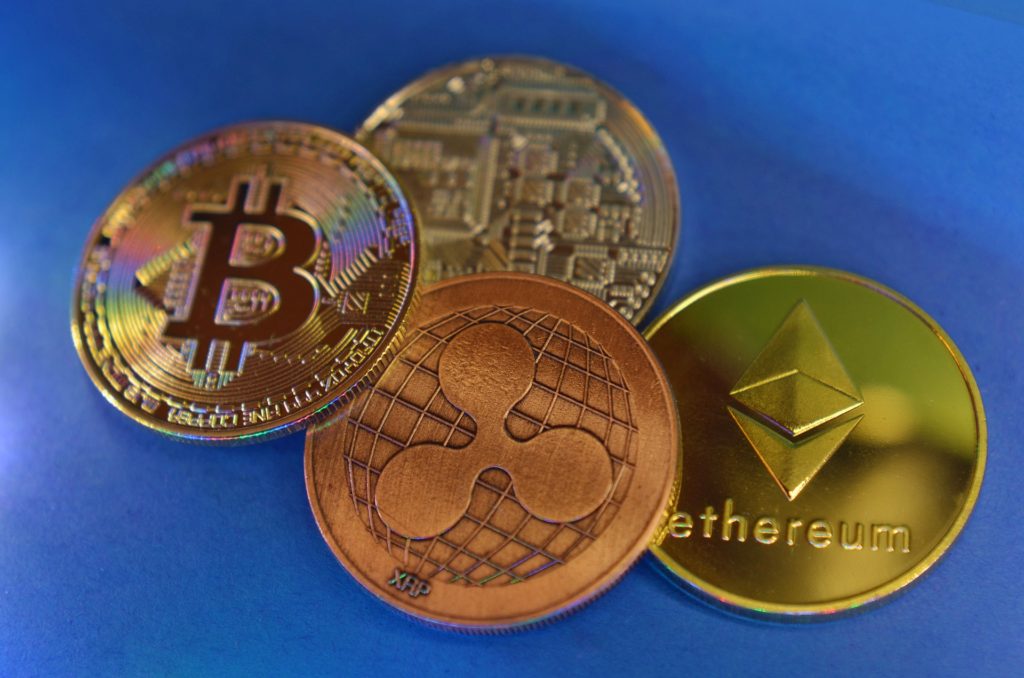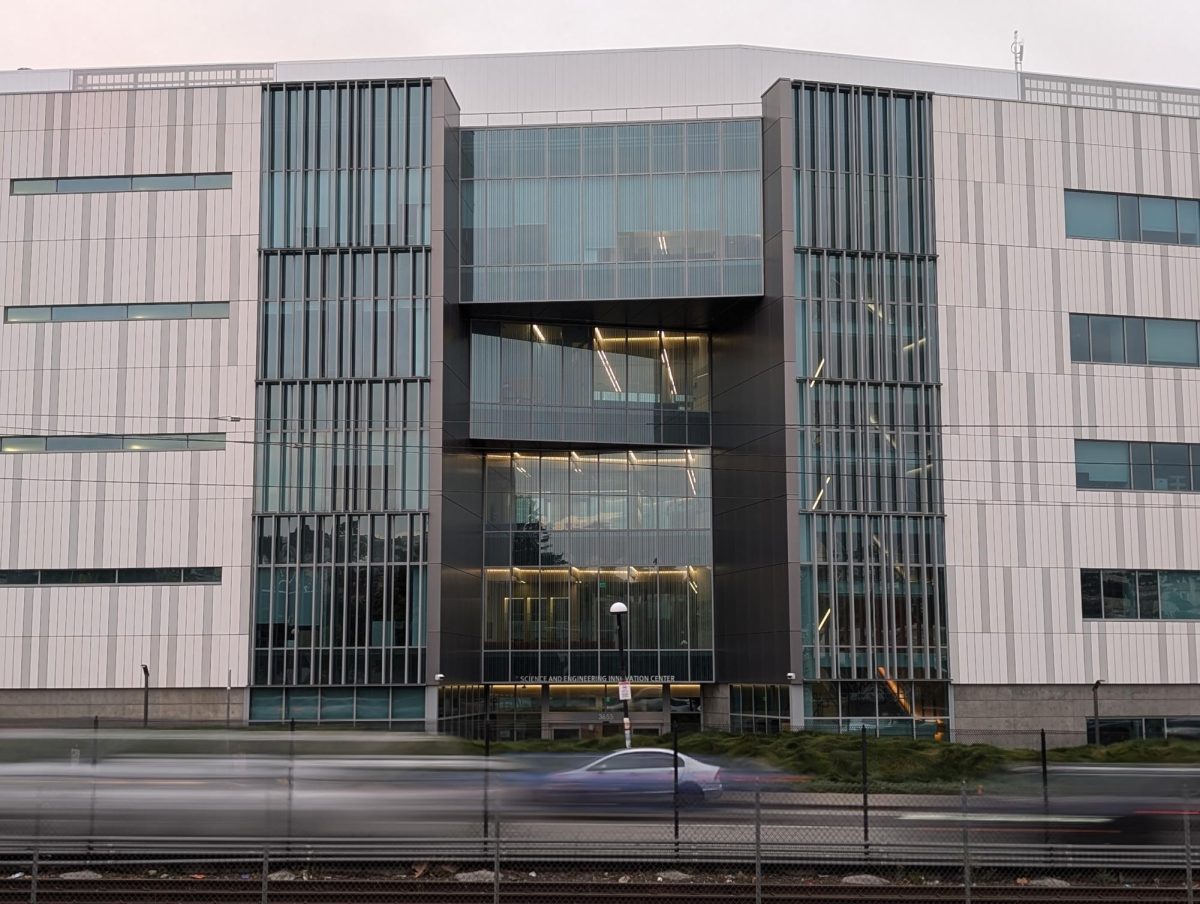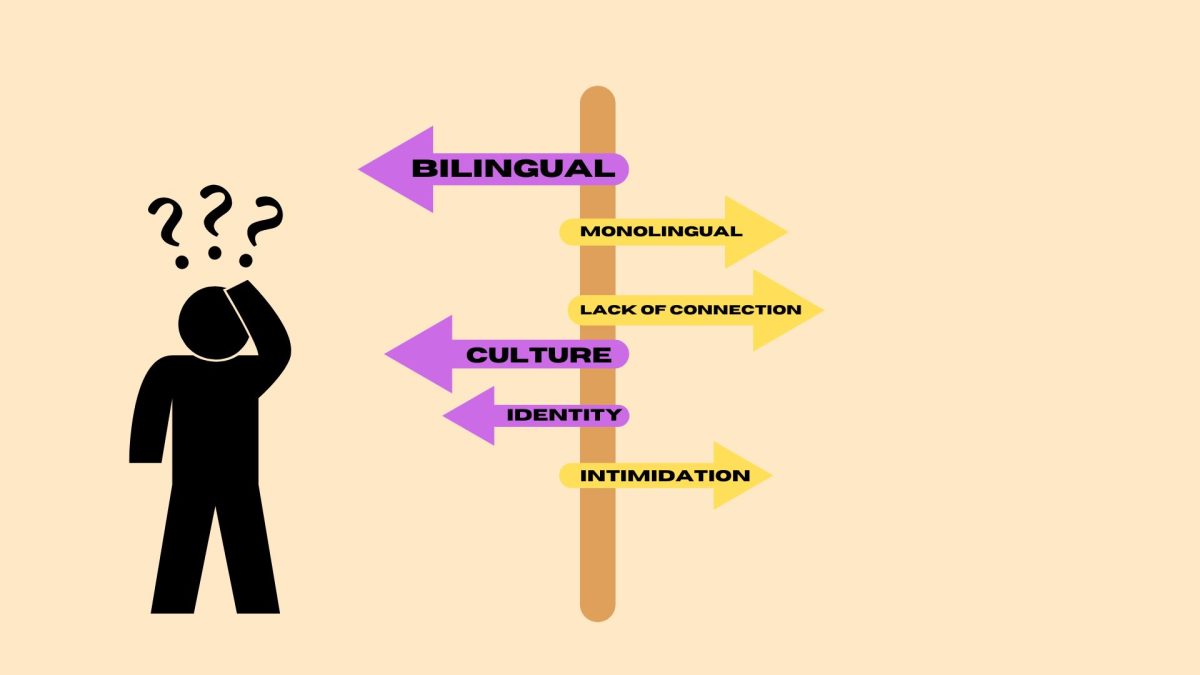Various cryptocurrencies are displayed including (left to right) Bitcoin, XRP, and Ethereum. (Image by Miloslav Hamřík from Pixabay. )
The College of Business accepted a $25 million donation in cryptocurrency, the largest donation ever made to a university in this form of money.
The gift came from Chris Larsen, an SF State alumnus, and his wife Lyna Lam, who together own Ripple, a cryptocurrency platform. The donation amounted to $56 million XRP, which is equivalent to $25 million given the exchange rate and fluctuation in the market.
“There is of course possibility of value loss. Just as exchange rates in foreign currency fluctuates, so does cryptocurrency,” said Joel Volez, an SF State alumnus and lecturer in macroeconomics at University of San Francisco.
SF State Interim Vice President for Advancement Venesia Thompson-Ramsay acknowledged this is a new area for the University and that there was some hesitation.
“Courage is part of our DNA at SF State. We were the first public university to divest from fossil fuel and now we are the first to receive a large gift of this kind,” Thompson-Ramsay said. “We did our research and due diligence, speaking with legal counsel as well as other corporations
familiar with cryptocurrency.”
In addition, Thompson-Ramsay said Larsen is well-known to the University.
“(He) is one of the most dedicated alumni who cares deeply about his alma mater,” Thompson-Ramsay said. “He had given to us in the past and wanted to help not only put SF State on the map as the first university to accept cryptocurrency, but he also wanted our students to be exposed to this new frontier, all while promoting innovation and creativity.”
Given the possibility of shortfall in value, Ramsay said the University is liquidating the lump sum over a period of time so as not to destabi-
lize the market.

Volez explained the importance of this process. The price of a product acts as the equilibrium to supply and demand, and if supply is rapidly increased, demand will rapidly decrease, unbalancing the price. The same goes for XRP in the market, which currently has an exchange rate of 33 cents, according to coinmarketcap.com.
“Unfortunately, SF State cannot physically buy things in XRP, they have to buy things in dollars,” Volez said. “Therefore, they have to sell
those XRPs back at a rate that will not destabilize the market.”
In theory, Volez said this is a safer form of money exchange because it eliminates the need for an intermediary, such as a bank.
“People assume when they send money they are transferring funds,” he said. “That’s not what happens. Essentially you are just sending a message from your bank, which sends a message to the vendor. There is no electronic transfer of funds at all.”
With cryptocurrency, each transaction instead becomes what is called a blockchain on the internet, and the system checks to see if there is any history of insecurities.
“It’s essentially an internet community of blockchains,” Volez said.
Even with the risk of value loss, Larsen said the College of Business is sure to see the full $25 million, and he promised to meet any shortfalls in currency.
Interim Dean of the College of Business Yim-Yu Wong said the gift will support two endowed chairs and the Lam-Larsen Fund for Global Initiative, named after the donors.
The initiative consists of five parts: innovation and entrepreneurship, emerging and developing economics, financial technology, business and education technology and center for workforce of the future.
“The gift will be transformative to the College of Business,” Wong said. “All students at SF State will be included in the activities offered from the initiatives and the impacts on student learning will be significant.”
Larsen said in an email, “SF State students have great potential because of their position. Most of the world is outside of this ecosystem,
and they’re really trying to catch up.
“Being here in San Francisco gives SF State’s students amazing career opportunities,” he said. “These funds are focused on guiding these students in becoming innovators, entrepreneurs and leaders, enabling them to become change-makers in business and their communities.”







